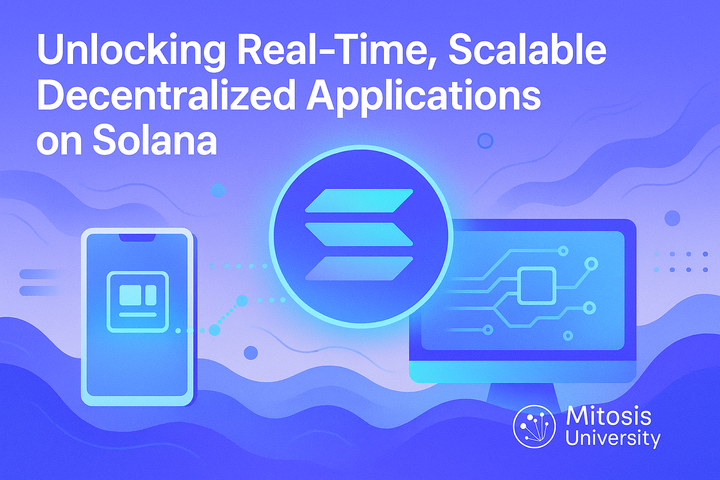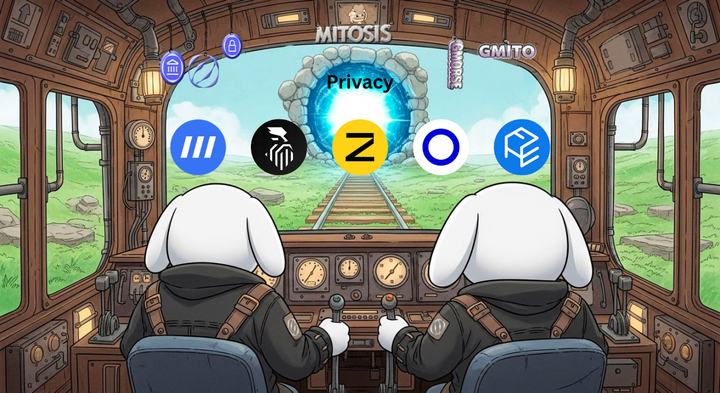What Are Permissioned and Permissionless Blockchains? When and Why to Use Each?

Blockchain technology has evolved far beyond just cryptocurrencies. Today, it serves as a core infrastructure for industries like finance, healthcare, logistics, education, and many more. However, when building or using a blockchain system, one of the most fundamental choices revolves around its governance model: whether it’s permissioned or permissionless.
Understanding the difference between these two models is essential. It directly influences how the network operates, who can participate, and how data is accessed or shared. In this article, we explore what permissioned and permissionless blockchains are, their practical applications, and their pros and conswith real-world examples.

How Are Blockchains Categorized?
Blockchains can be classified based on many features: consensus mechanism (PoW, PoS), scalability, token economy, and more. However, one of the most significant distinctions is about who can access the network and how it is managed.
This leads us to two foundational categories:
- Permissioned blockchain
- Permissionless blockchain
The difference between these two affects transparency, user accessibility, and how decisions are made within the network.
What Is a Permissionless Blockchain?
Permissionless blockchains are open networks accessible to anyone. No invitation or approval is needed to participate. As long as you have internet access, you can:
- Create a wallet
- Send or receive transactions
- Become a validator or miner
- Contribute to the open-source code
Examples:
- Bitcoin: The world’s first and largest permissionless blockchain. Anyone can join, mine, and transact without asking for permission.
- Ethereum: A leading smart contract platform with a wide developer ecosystem.
- BNB Chain: A scalable public blockchain used by many DeFi and GameFi projects.
Advantages:
- Transparency: All transactions are recorded on the blockchain and can be verified by anyone.
- Open participation: Anyone can join and contribute.
- Resilience: Without central control, these networks are harder to censor or shut down.
Challenges:
- Scalability issues: As the number of users increases, the network may slow down.
- Governance complexity: Protocol upgrades require community-wide consensus, which can take time.
- Privacy concerns: Most data is publicly visible, which may not be ideal for sensitive transactions.
What Is a Permissioned Blockchain?
In contrast, permissioned blockchains are restricted networks. Only approved participants can access or interact with the network. These blockchains are typically designed for businesses, governments, or private institutions.
Users need an invitation, credentials, or access tokens to join. Roles are assigned based on trust, responsibilities, or job functions.
Examples:
- Hyperledger Fabric: Used by corporations for secure data sharing.
- Corda: A permissioned blockchain tailored for financial institutions.
- Quorum: An enterprise-focused Ethereum-based blockchain developed by JP Morgan.
Advantages:
- Fast transactions: Fewer validators mean transactions can be processed more quickly.
- Customizability: The system can be optimized for specific business needs.
- Controlled privacy: Data access can be limited to authorized parties.
- Defined participation: Access can be granted or revoked as needed.
Challenges:
- Centralization risk: Control is often in the hands of a small group or a single authority.
- Trust concerns: Users must trust the administrator or operating entity.
- Censorship potential: Transactions can be blocked or altered if the network operator chooses to do so.
Real-Life Comparisons
Scenario 1 – Using a Permissionless Network:
A developer wants to build a decentralized exchange where users from around the world can trade without providing personal information. In this case, a permissionless blockchain like Ethereum or Solana would be ideal.
Scenario 2 – Using a Permissioned Network:
A food company wants to trace the journey of its products from farm to table. It only needs specific parties producers, transporters, retailers, and inspectors to access the system. A permissioned blockchain such as Hyperledger Fabric would be more suitable here.

When to Use Each Blockchain Type?
| Need | Recommended Blockchain Type |
|---|---|
| Building a public-facing app | Permissionless |
| Systems requiring strong privacy | Permissioned |
| Reaching large user bases | Permissionless |
| B2B data sharing | Permissioned |
| Decentralized governance | Permissionless |
| Closed enterprise networks | Permissioned |
What Does the Future Hold?
By 2025, we are seeing a rapid rise in hybrid blockchain models, combining the benefits of both permissioned and permissionless systems.
For example, an enterprise might run its operations on a private permissioned chain while publishing selective data to a public blockchain for transparency and auditability.
This blended approach allows for:
- Greater control
- Enhanced privacy
- Public trust and transparency
- Broader interoperability between platforms
Industries such as finance, healthcare, and logistics are already exploring these hybrid systems.
Conclusion: Which One Is Better?
There is no single answer to the question “Which blockchain is better?” The right choice depends entirely on your goals, environment, and participants.
- If you're a developer, consider your audience and how open your application should be.
- If you're a business owner, think about compliance, security, and who needs access.
- If you're an investor or enthusiast, understand how each model affects decentralization and long-term adoption.
Ultimately, permissioned and permissionless blockchains will both continue to evolve sometimes separately, sometimes together. What matters most is choosing the model that aligns with your use case and delivers the most value to its users



Comments ()